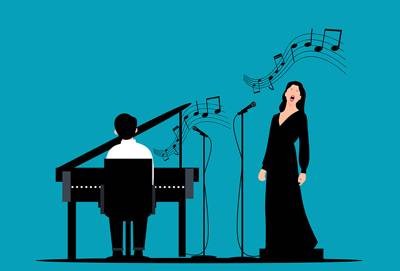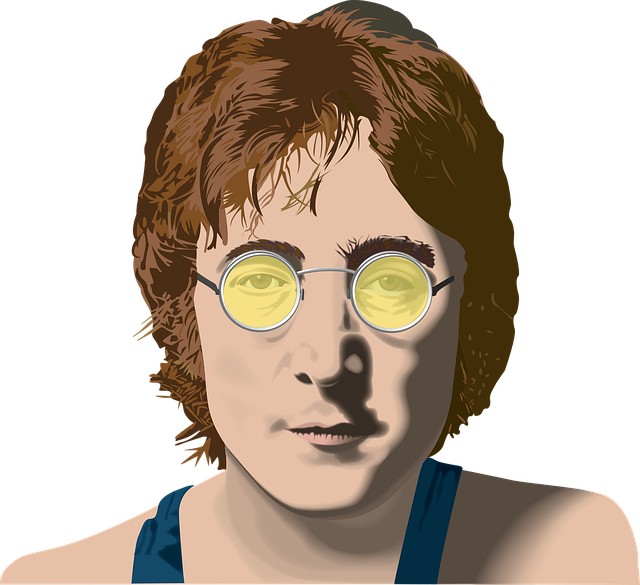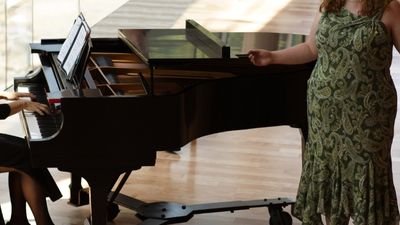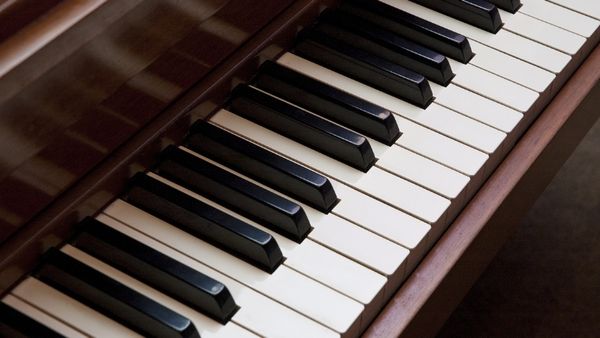The piano is an iconic instrument that has played a significant role in shaping popular music. It has been around for over three centuries and has been an integral part of various genres, including classical, jazz, blues, rock, and pop.
The versatility and expressiveness of the piano have made it a favorite among musicians, composers, and audiences. In this article, we will explore how the piano has influenced popular music and the musicians who are known for playing it.

The piano was invented in the early 18th century by an Italian harpsichord maker named Bartolomeo Cristofori. It quickly gained popularity and became a staple in the homes of the wealthy. In the 19th century, the piano became more accessible to the general public, and it was used extensively in the entertainment industry. It was a favorite among composers, who wrote countless pieces for the instrument. The piano’s popularity continued into the 20th century, and it became an integral part of popular music.
One of the earliest genres to incorporate the piano was ragtime. Ragtime emerged in the late 19th century and was characterized by its syncopated rhythms and lively melodies. The piano was the perfect instrument for playing ragtime music because it allowed the performer to create a rhythmic, percussive sound while also playing melodies and harmonies.
One of the most famous ragtime pianists was Scott Joplin, who composed classics like “Maple Leaf Rag” and “The Entertainer.” Joplin’s music was popularized through sheet music, which allowed people to play his music at home on their own pianos.
In the early 20th century, jazz emerged as a new genre that heavily featured the piano. Jazz pianists like Jelly Roll Morton and Fats Waller were masters of the instrument and helped to define the sound of early jazz. The piano was essential to jazz because it could create complex harmonies and support improvisation. Jazz pianists would often play intricate solos that showcased their technical ability and creativity.

The piano also played a significant role in the development of blues music. Blues music emerged in the southern United States in the late 19th century and was characterized by its use of blue notes and call-and-response patterns. The piano was used to accompany blues singers and to provide a rhythmic foundation for their vocals. Blues pianists like Pinetop Smith and Memphis Slim were known for their driving rhythms and soulful playing.
In the 1950s and 1960s, the piano continued to be a dominant instrument in popular music. The rise of rock and roll brought new innovations to the instrument, such as the use of distorted electric pianos and keyboards. Rock pianists like Jerry Lee Lewis and Little Richard brought a new level of energy and showmanship to the instrument. They would often jump on top of their pianos and play with wild abandon, creating a sense of excitement and danger.
In the 1970s and 1980s, the piano continued to be an important instrument in popular music, especially in the singer-songwriter genre. Artists like Elton John, Billy Joel, and Carole King wrote and performed songs that showcased the piano’s versatility and emotional range. They wrote ballads, rockers, and everything in between, often playing their own piano parts and creating timeless classics.

The piano has also played a significant role in the development of electronic music. Synthesizers and electronic keyboards have become an integral part of modern music production, and many of these instruments are modeled after the sound of the piano. Electronic musicians like Jean-Michel Jarre and Kraftwerk have created music that blends the sound of the piano with electronic elements to create a unique and futuristic sound.
While the guitar is often regarded as the most popular instrument in popular music, the piano has its own unique characteristics that have made it an essential component of many genres. Unlike the guitar, which is typically played with a pick or fingers, the piano is played with ten fingers, allowing for complex chords and harmonies to be played simultaneously. The piano’s ability to play multiple notes and octaves at once has made it a staple in orchestral arrangements, where it can create a rich, full sound that no other instrument can match.
Another unique aspect of the piano is its dynamic range. Unlike most other instruments, the piano can play both extremely soft and extremely loud, making it an ideal instrument for expressing a wide range of emotions. The piano’s hammers strike the strings with varying degrees of force, allowing for a full range of expression from pianissimo (very soft) to fortissimo (very loud).

In addition to its expressive capabilities, the piano is also a highly versatile instrument. It can be used in solo performances, accompanying singers, and as part of an ensemble. The piano’s versatility has allowed it to be used in a wide range of genres, from classical to jazz to rock.
Despite its versatility, the piano does have some limitations compared to the guitar. For example, it is not as portable as the guitar, and it requires a dedicated space for playing and storing. The piano is also more expensive than the guitar, making it less accessible to some musicians. Having said that, the advance in technology counters those limitations. Forty some odd years ago, the only way to obtain the feel and sounds of a piano was to have access to an actual acoustic piano.
For the last twenty plus years, manufacturers have produced digital pianos and keyboards with very realistic piano sounds and it is only improving over time. When you factor in a lower price than their acoustic counter part, a potential library of thousands of sounds and the varying portability of being able to store and transport them virtually anywhere, those limitations melt away.
However, the piano’s unique qualities and contributions to popular music cannot be denied. Many iconic musicians and artists have made the piano their instrument of choice, including Stevie Wonder, Ray Charles, Alicia Keys, and Adele, among many others. These artists have pushed the boundaries of what the piano can do, incorporating new techniques and sounds into their music.
In conclusion, the piano’s impact on popular music is immeasurable. Its versatility, expressive capabilities, and unique sound have made it a staple in many genres and a favorite among musicians and audiences alike. While the guitar may be more popular, the piano’s contributions to popular music cannot be overlooked. From ragtime to electronic music, the piano has left an indelible mark on the music industry and will continue to do so for generations to come.
Greg Lee
Latest posts by Greg Lee (see all)
- What is a minor/Major 7 Chord? - October 26, 2023
- 7 Chord Substitutions that Professionals Use - October 19, 2023
- 5 Simple Chord Tricks to Sound Amazing - October 5, 2023




